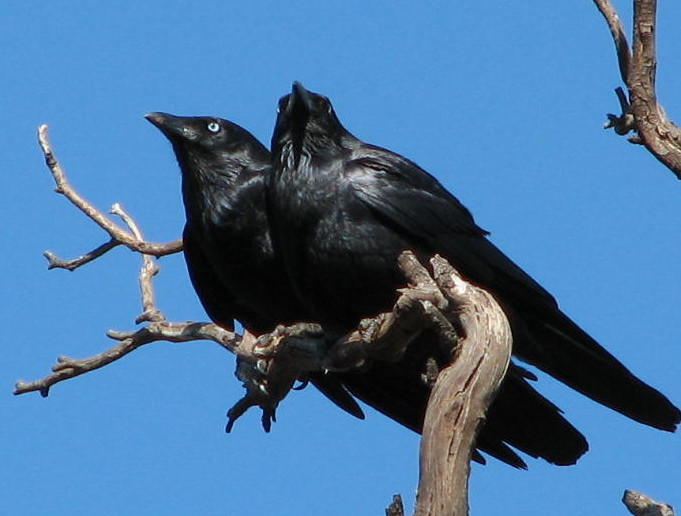When the New England Patriots and Indianapolis Colts met this NFL season it was obvious beforehand that the game would be a good one. Winners of 2 of the past 3 Super Bowls, the teams sported future Hall of Fame quarterbacks and at least one future Hall of Fame coach: Bill Belichick, the most successful NFL coach of the past decade. What was unexpected, perhaps, was that the game would essentially hinge on one play and one decision by Belichick. That decision was to “go for it” on a fourth down play deep in the Patriots own territory rather than punt the ball far down the field, a decision that was virtually unprecedented.
Unprecedented, maybe, but not unadvised. For years statistical analysts have been crunching the numbers on the various league-wide probabilities of success and failure and suggesting that the alternative strategy of never punting is the better one. Despite these conclusions, NFL coaches had–up until Belichick’s decision–continued business as usual and routinely punted when in similar situations. And as expected Belichick was pretty much excoriated by his peers for even contemplating going for it.
Belichick’s decision brought the aforementioned analysis to the fore, and for a few days statistics took center stage on the sports pages. Calculations and debate appeared on ESPN (including at their online site here), as well as at the NY Times, the Boston Globe, and countless blogs and discussion boards. Even the Freakonomics site weighed in.
(And in case you did not know, the Patriots failed on their fourth down try, and ended up losing the game.)




